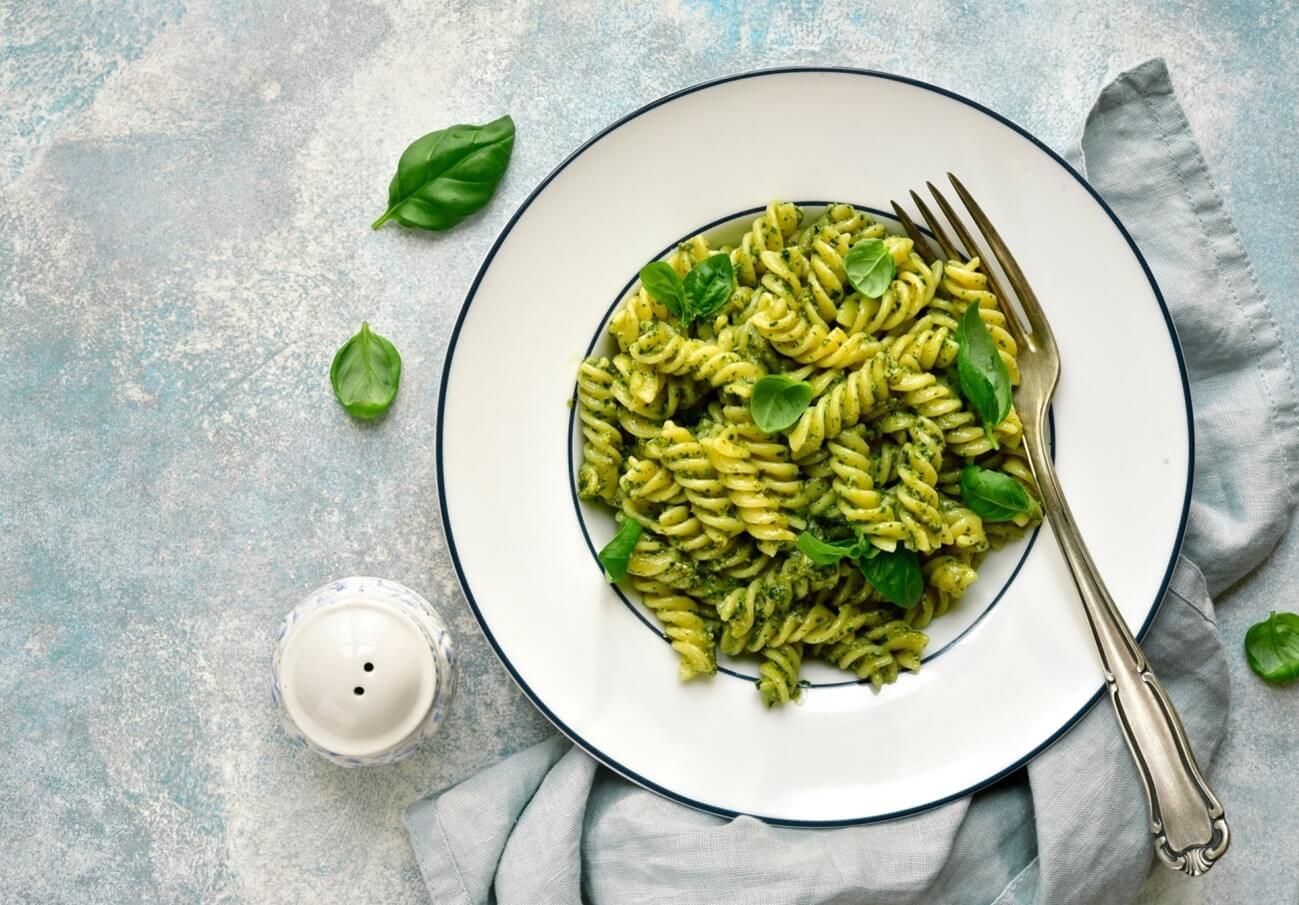Some toddler-ready meals are shipped direct-to-consumer, while others are available through on-demand, grocery delivery services. However, for a shelf-stable, supermarket option, parents can look to Ella’s Kitchen. Best known for its fruit and veggie puree pouches, the brand has expanded to include meal pouches such as Totally Cool Caribbean Chicken with Mangoes and Full of Sunshine Thai Curry with Lots of Veg.
Fortified infant cereals are also advancing to address today’s needs. Gerber’s Cereal for Baby Powerblend line includes oats blended with legumes, veggies, and fruits like Probiotic Oatmeal, Lentil, Carrots & Apples. Gerber’s innovations in snacks and beverages include BabyPops Puffed Corn & Oat Snack with peanut flour (to support early allergen introduction) and Oat Milk Smoothie with no added sweeteners for toddlers.
What’s Ahead in Toddler Foods
Looking ahead at the toddler nutrition landscape, we can expect more products with adventurous flavors that follow adult food trends but in milder tasting versions. Brands will also incorporate more trending ingredients—particularly superfoods—like Once Upon a Farm is doing with spinach, quinoa, chia seeds, and coconut butter.
Veggies will continue to be emphasized in toddler foods, with perhaps more innovation around using dark leafy greens in meals and snacks. Fortifications for toddler foods may also evolve. While parents have high awareness of certain nutrients such as iron, calcium, vitamin C, and vitamin D, brands may take the opportunity to promote the benefits of essential but lesser-known nutrients like choline, lutein, and lactoferrin.
For whatever comes next, Glanbia Nutritionals' ingredients for early life nutrition can support your product development journey. We offer bioactives, proteins, plant-based ingredients, micronutrients, and custom premix solutions to help ensure your youngest consumers are off to a healthy start. Collaborate with us.





